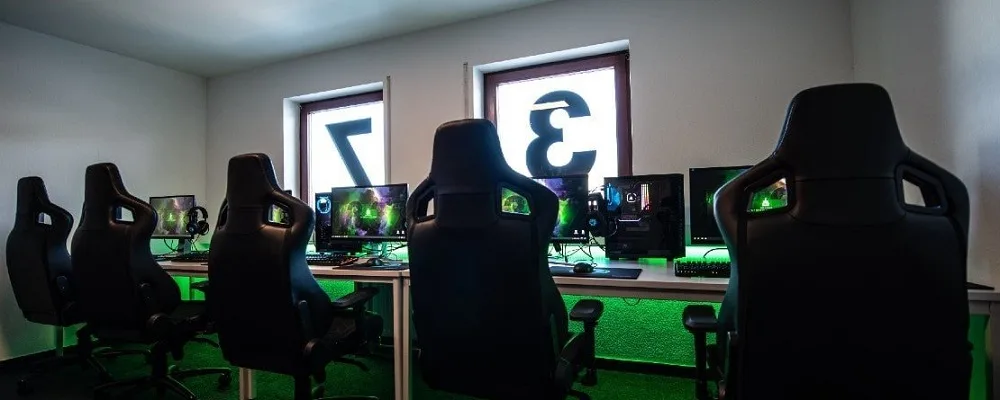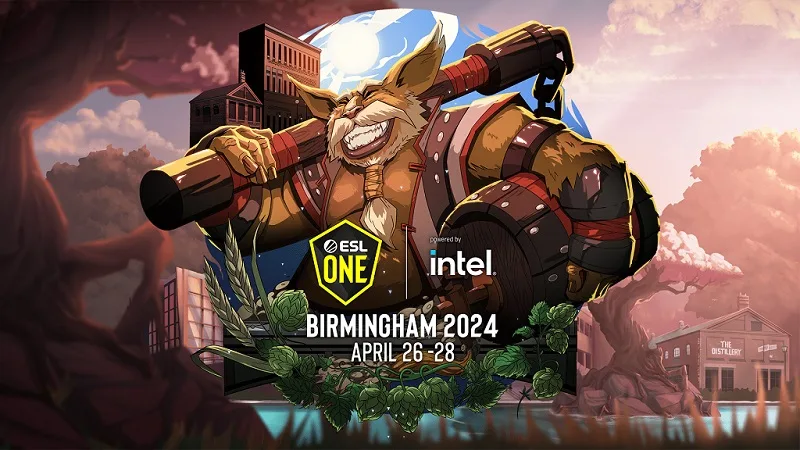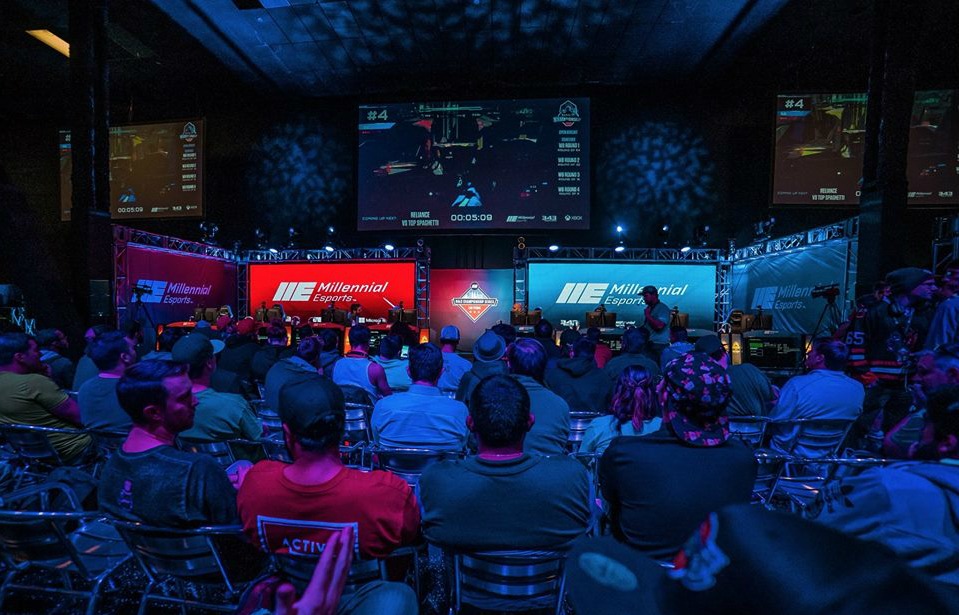DOTA 2 Economy: Understanding Skins, Trading, and the Steam Market
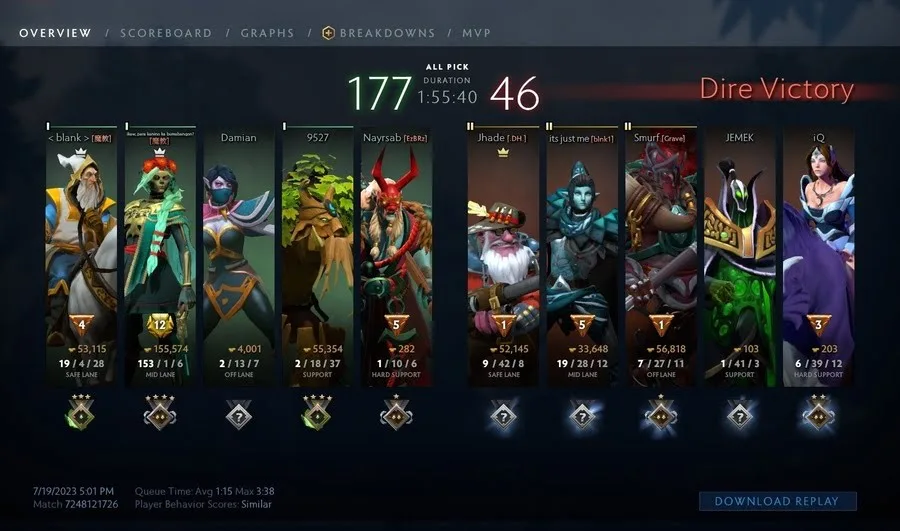
DOTA 2, a titan in the eSports world, isn’t just a battleground for strategic warfare and mythical conquests; it’s also the epicenter of a thriving digital economy. Central to this economy are skins, virtual items that alter the appearance of heroes, couriers, or items in the game, adding a layer of personalization and prestige. This article delves into the intricate world of DOTA 2 skins, trading, and the Steam Market, shedding light on how these elements intertwine to create a bustling marketplace.
The Basics of DOTA 2 Skins
Skins in DOTA 2 are more than mere cosmetic alterations; they are badges of honor, symbols of rarity, and sometimes, hefty investments. They range from common items that slightly tweak a hero’s aesthetics to ultra-rare skins that completely transform their appearance, often accompanied by unique animations and effects. Understanding the types and rarities of skins is foundational to navigating the DOTA 2 economy.
Acquiring Skins in DOTA 2
Players can acquire skins through various means:
- Gameplay rewards: Completing certain challenges or achievements.
- Purchases: Directly buying from the Steam Market or in-game store.
- Promotional events: Participating in events or tournaments.
- Gifts or trades: Receiving from friends or trading with others.
Each method offers a different path to expanding one’s skin collection, with varying degrees of investment and effort.
Trading Skins in DOTA 2
Trading is a pivotal activity within the DOTA 2 community, allowing players to exchange skins. The process involves direct transactions between players or through third-party trading platforms, subject to Valve’s trading policies. Effective trading requires a keen understanding of the market value of skins, negotiation skills, and an awareness of scam prevention tactics.
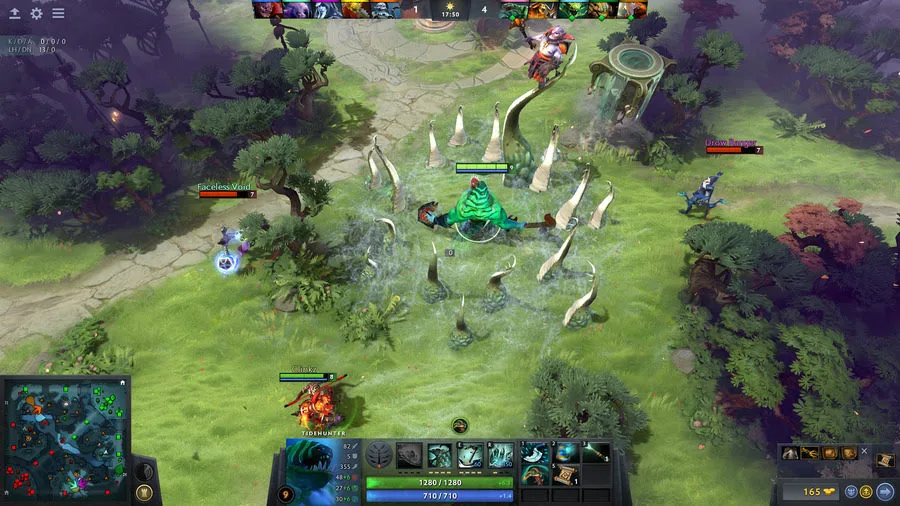
The Steam Market: A Hub for DOTA 2 Trading
The Steam Market serves as the central hub for buying and selling DOTA 2 skins. It’s a dynamic marketplace where prices fluctuate based on supply and demand, rarity, and desirability of skins. Navigating the Steam Market requires players to monitor trends, understand pricing strategies, and make informed decisions to buy or sell skins.
Strategies for Trading and Investment
Successful trading and investment in the DOTA 2 economy hinge on:
- Market research: Understanding which skins are in demand and why.
- Timing: Knowing when to buy low and sell high.
- Diversification: Spreading investments across different types of skins to mitigate risk.
These strategies can help players build a valuable skin portfolio, potentially yielding significant returns.
The Impact of Skins on the DOTA 2 Community
Skins have transcended their role as virtual commodities, influencing social dynamics within the DOTA 2 community. They serve as markers of status, dedication, or affiliation with certain teams or players, especially during eSports events. Skins have also become central to fan engagement, with special editions and collaborations drawing widespread attention.
Challenges and Controversies in Skin Trading
The skin trading ecosystem is not without its pitfalls. Issues such as gambling, scams, and market manipulation pose risks to unwary traders. Valve’s ongoing efforts to regulate the marketplace, ensure fairness, and protect players from fraudulent activities are crucial to maintaining the integrity of the DOTA 2 economy.
Conclusion
The economy surrounding DOTA 2 skins, trading, and the Steam Market is a testament to the game’s lasting impact on its community and the broader eSports landscape. For players and traders alike, it offers a unique blend of strategic gameplay, social interaction, and economic opportunity. As the game continues to evolve, so too will its vibrant marketplace, promising new adventures both on and off the battlefield.

